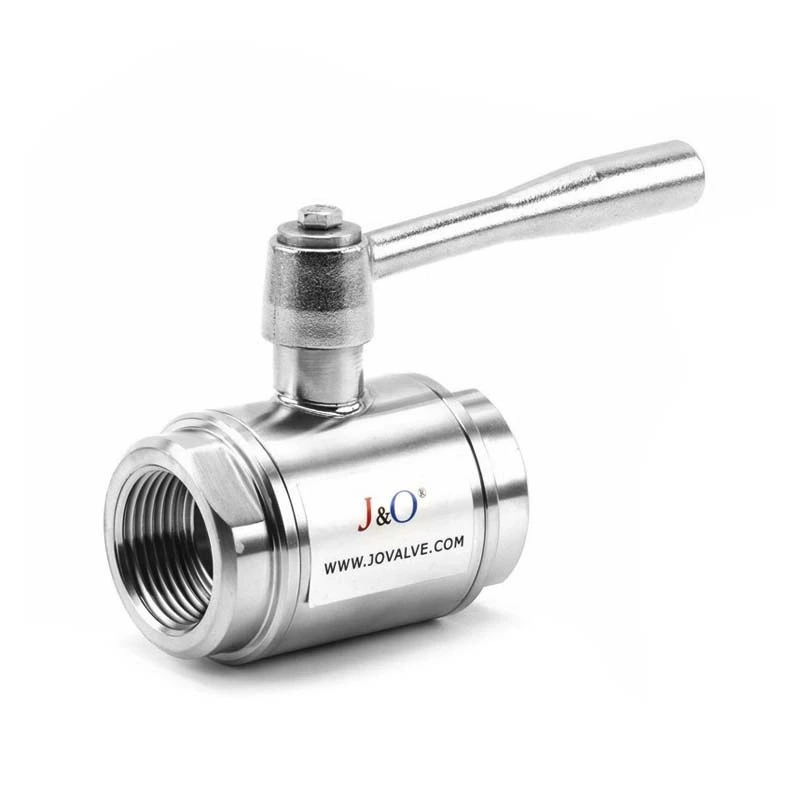What Factors Should Be Considered When Selecting Industrial-grade Valves?
Gate valve, globe valve, ball valve, butterfly valve, check valve, safety valve, etc. Each type of valve has its specific functions and applicable scenarios. For example, gate valves are mainly used to open or close fluid flow, globe valves are used to cut off fluid flow, ball valves use the rotation of the ball to control the flow of fluid, and butterfly valves use the rotation of the disc to adjust the flow of fluid.
Factors to consider when selecting Sanitary Valve are as follows:
Working medium: Select appropriate materials and designs according to the properties of the conveying medium (such as corrosiveness, viscosity, particle content, etc.).
Working pressure and temperature: Ensure that the valve can withstand the maximum pressure and temperature during the working process, while considering possible pressure and temperature fluctuations.
Flow requirements: According to the needs of the process flow, select the valve size and type that can meet the flow requirements.
Operation mode: Select manual, electric, pneumatic or hydraulic operation modes according to the on-site operating conditions.
Connection method: Select flange connection, threaded connection or welding according to the connection method of the pipeline.
Safety standards and regulatory requirements: Ensure that the valves comply with relevant domestic and international safety standards and regulatory requirements, such as API, ASME, DIN, etc.
Maintenance and life: Consider the ease of maintenance and expected service life of the valve, and choose products that are easy to maintain and.
When using industrial-grade valves, regular maintenance and inspections are also required to ensure their long-term stable operation. This includes regular lubrication, tightening loose parts, replacing worn parts, and monitoring leaks.
